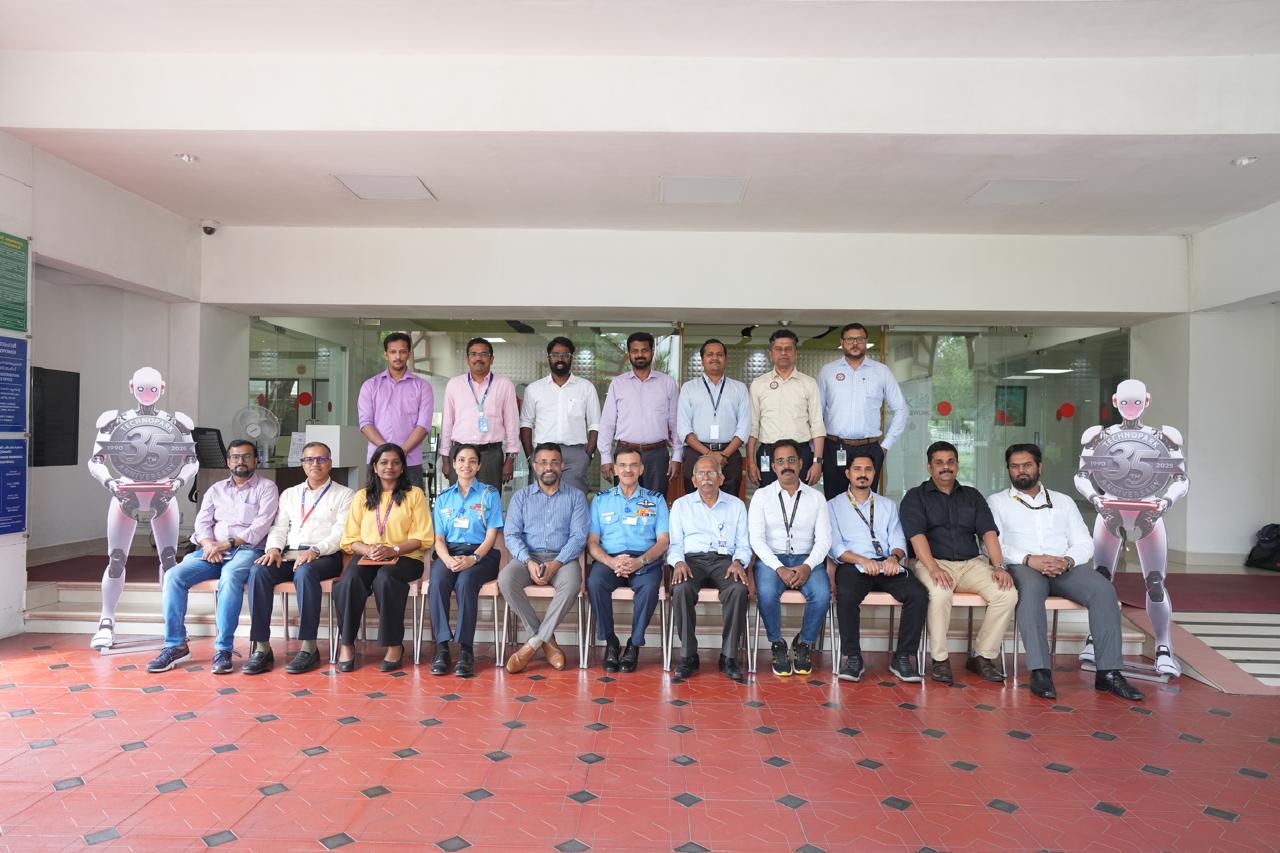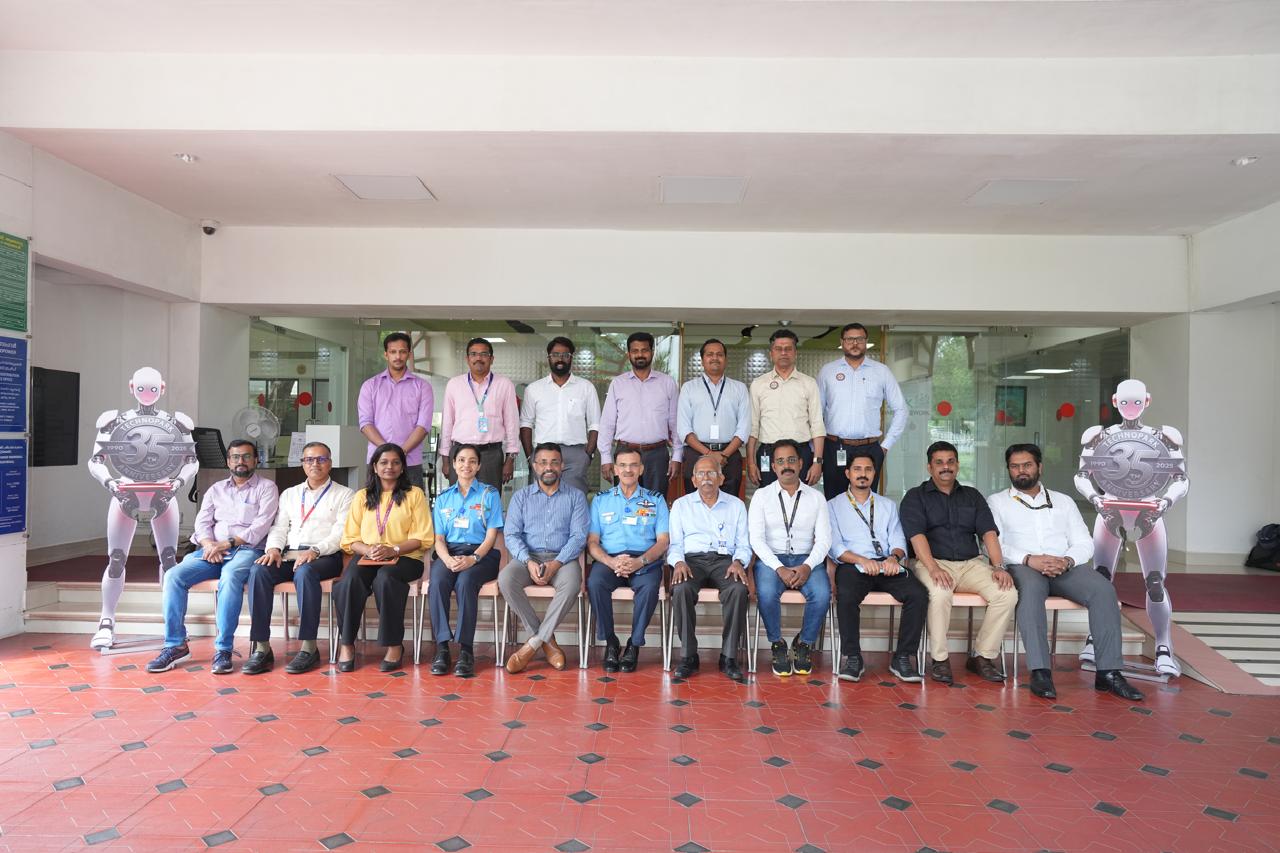Geotube coastal protection project at Poonthura a big success: Minister Saji Cherian
Minister visits project site, says it conserves ecosystem and a boon for community
Trivandrum / January 16, 2024
Thiruvananthapuram, Jan 16: Faced with continuous loss of shorelines through natural and man-made activities, Kerala’s Geotube Offshore Breakwater Coastal Protection Project at the state capital suburb Poonthura has emerged as a pioneering initiative to mitigate the challenges of coastal erosion and prevent reckless quarrying operations, Fisheries Minister Shri Saji Cherian said today.
Making a visit to the site on Tuesday, Shri Cherian said considering the success of the first phase of the project, another 700 meters of coastal stretch from Poonthura Church to Cheriya Muttam will be completed in five months.
The minister added that the government has allotted Rs 150 crore for the project to be implemented from Poonthura to Shangumukham.
Shri Antony Raju, MLA; Shri P. I. Sheik Pareeth, Managing Director, Kerala State Coastal Area Development Corporation (KSCADC), and Shri T V Balakrishnan, Chief Engineer were also present.
Financed by the Kerala Infrastructure Investment Fund Board (KIIFB), this collaborative project, being executed by KSCADC and the National Institute of Ocean Technology (NIOT), aims to safeguard the coastline from Poonthura to Valiyathura.
This environment-friendly approach benefits both local fishermen and tourists, besides preserving marine lives by presenting a holistic solution to coastal protection and also minimizes constructions along the coastline.
Strategically placed offshore, custom-made geotubes with predetermine quality filled with sand act as a barrier, diminishing the strength of oncoming sea waves. It results in a gentler wave action depositing sand particles onto the shore, creating a stable and usable beach.
Describing the pilot project as a milestone in Kerala's conservation initiatives, Shri Cherian said it was launched in September 2019 to implement 700 meters of coastal protection in the Poonthura area.
“The project, first of its kind in the region, marks a major departure from traditional methods that rely on diverse rock formations. It introduces an innovative and sustainable approach that entirely circumvents the use of rocks,” he added.
Three layers of geotubes are placed on the 6-meter-deep seabed, running parallel to the shore at a distance ranging from 80 to 120 meters. The surface of the geotube breakwater serves as a formidable barrier that substantially diminishes the force of large waves approaching the coastline.
The minister said this innovative design not only mitigates the risk of coastal erosion but also fosters the development of a broader beach. It also helps beach nourishment by the pumping of sand from the deep sea to the coast, ensuring a sustainable and replenished shoreline.
“Beyond its implementation in Poonthura, there is an active plan to assess the success of this pilot project and replicate its model in other regions susceptible to coastal threats,” Shri Cherian said.
The Poonthura project commenced in February 2022 with all necessary approvals in place. The geotubes, crucial components of the project, were sourced from China, after obtaining special permission from the Central government. These geotubes, varying in lengths of 20 meters, 16 meters, and 12 meters, all with a circumference of 15 meters, serve as the backbone of the coastal protection structure.
The strategic placement of geotubes preceding the monsoon season yielded remarkable transformations in the coastal landscape. A noteworthy outcome was the effective prevention of wave overtopping beyond the seawall. The resultant beach formation proved to be sustainable even amid inclement weather conditions.
The success of the geotube technology employed in the Poonthura project extends beyond erosion prevention to include protection from UV rays, and the proliferation and survival of marine fish and other species. Besides fortifying coastal resilience, it becomes a catalyst for the economic prosperity and well-being of the entire region.
The success of this project has the potential to serve as a model for future coastal protection endeavors, showcasing the importance of environmentally conscious solutions that benefit both communities and ecosystems alike.
Traditional methods of coastal protection, such as rock barriers, have raised environmental concerns and resource depletion. This is particularly true of states like Kerala, which is grappling with an alarming surge in coastline erosion, attributed primarily to the intensification of strong storms and altered weather patterns.
Ends
Photo Gallery



